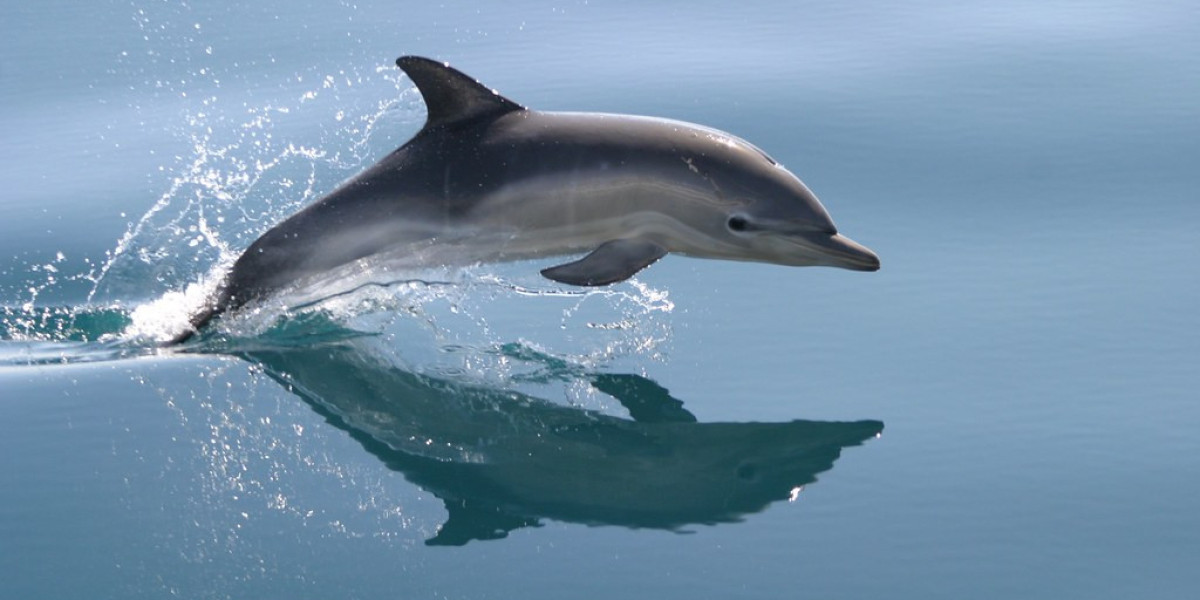In the intricate tapestry of marine ecosystems, unexpected partnerships and interactions often unfold, revealing the remarkable complexity of life beneath the waves. One such intriguing relationship involves dolphins and pufferfish, two seemingly disparate creatures that share a curious connection. In this article, we embark on a journey to explore the fascinating dynamics between dolphins and pufferfish, shedding light on this captivating aspect of marine biology.
The Enigmatic Pufferfish:
Before delving into their interaction with dolphins, let's first acquaint ourselves with the enigmatic pufferfish. Pufferfish, also known as blowfish or fugu, belong to the family Tetraodontidae and are renowned for their unique defense mechanism: the ability to inflate their bodies into a ball-like shape when threatened. This inflation is made possible by the fish's highly elastic stomach, which rapidly fills with water or air, deterring potential predators with their increased size and spiky exterior.
However, pufferfish possess another, lesser-known attribute that adds to their mystique: the presence of potent toxins, primarily tetrodotoxin, in their organs, skin, and sometimes flesh. This neurotoxin is deadly to most predators, making pufferfish one of the most notorious examples of toxic marine life.
The Dolphin-Pufferfish Interaction:
Despite the lethal nature of pufferfish toxins, dolphins, particularly certain species like the Indo-Pacific bottlenose dolphin (Tursiops aduncus) and the Indian Ocean humpback dolphin (Sousa plumbea), have been observed engaging in a peculiar behavior: deliberately "playing" with pufferfish. This behavior involves dolphins gently mouthing or tossing pufferfish in the water, seemingly without ingesting them.
Scientists have proposed several hypotheses to explain this behavior:
Intoxication: Some researchers suggest that dolphins may intentionally expose themselves to small amounts of pufferfish toxin for its psychoactive effects. Tetrodotoxin, in low doses, can induce a state of euphoria or altered consciousness in mammals, leading to the hypothesis that dolphins may derive pleasure from interacting with pufferfish.
Social Bonding: Another theory posits that the interaction with pufferfish serves as a form of social bonding or play behavior among dolphins. By engaging in playful activities with fellow pod members or objects like pufferfish, dolphins strengthen social bonds and communication within their group.
Skill Development: Additionally, some scientists propose that dolphins may interact with pufferfish as a form of cognitive enrichment or skill development. Playing with pufferfish could provide dolphins with opportunities to hone their hunting techniques, coordination, and problem-solving abilities.
The Evolutionary Puzzle:
The precise reasons behind dolphins' fascination with pufferfish remain a subject of speculation and ongoing research. Unraveling the evolutionary origins and ecological significance of this behavior poses a fascinating puzzle for scientists studying marine mammal behavior and interspecies interactions.
It's worth noting that while dolphins may interact with pufferfish, there is limited evidence to suggest that they actually consume them. Given the risk posed by pufferfish toxins, it's likely that dolphins have evolved strategies to mitigate the dangers associated with their prey, whether through selective feeding or behavioral adaptations.
Conservation Implications:
Understanding the complex interactions between dolphins and pufferfish carries important implications for marine conservation. Both species are integral components of their respective marine ecosystems, and disruptions to their populations could have cascading effects on marine biodiversity and ecosystem health.
Furthermore, the presence of toxins in pufferfish underscores the importance of preserving marine habitats and minimizing pollution and anthropogenic threats that may exacerbate the spread of harmful substances in marine environments.
Conclusion:
In conclusion, the relationship between dolphins and pufferfish serves as a captivating example of the intricate web of interactions that shape marine ecosystems. Whether driven by curiosity, social dynamics, or cognitive stimulation, the behavior of dolphins engaging with pufferfish offers a glimpse into the complexity of life beneath the waves.
As scientists continue to unravel the mysteries surrounding this fascinating interaction, it underscores the need for further research and conservation efforts to safeguard the delicate balance of marine life. By preserving the habitats and ecosystems that support these remarkable creatures, we can ensure the continued survival and well-being of dolphins, pufferfish, and the myriad species that call the ocean home.
Learn More: DolphinXpert.com



